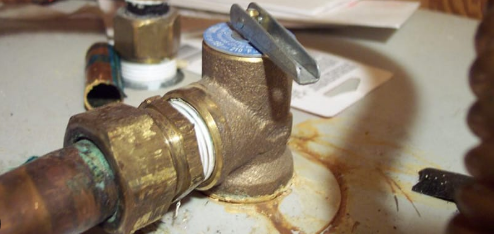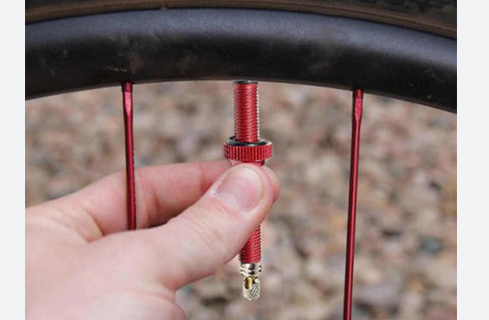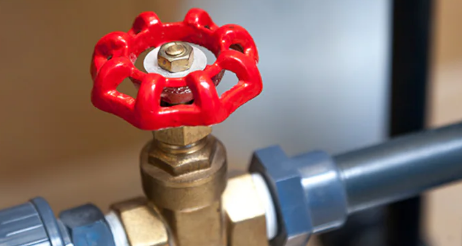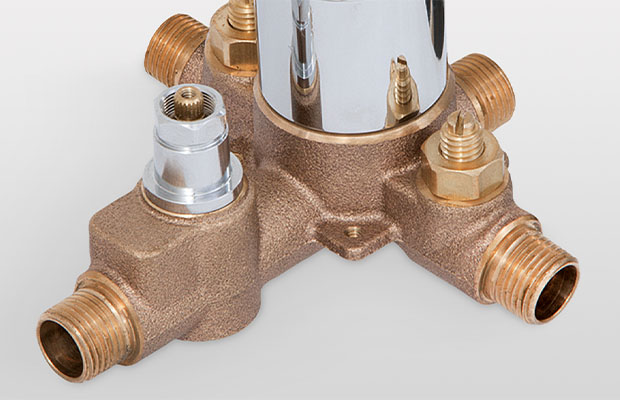
What is the difference between a thermostatic valve and a pressure balance valve is a frequently asked question.
A pressure balance valve has a single control that regulates the ratio of hot to cold water that flows out of the fixture. Thermostatic Valves have two control valves. One manages the temperature, and one manages the pressure. Additionally, TS valves offer scald protection by offering maximum temperature limits.
Learn more about these two types of valves’ functions and differences by reading on.
Table of Contents
Two Valve Types
There are actually two different types of shower valves, despite the fact that they are frequently confused, that can help regulate water temperature and avoid burns.
- Pressure-Balance Shower Valve: With this option, water is continuously delivered at the temperature you specify by sensing the volume ratio of hot water to cold water and adjusting it accordingly. With a single handle, you can turn on the water while simultaneously adjusting the temperature and volume. The temperature and water volume both rise as the control is turned up.
- Thermostatic Shower Valve: This option works by detecting the actual temperature of the incoming water and adjusting the hot and cold flow to maintain a constant temperature. These shower valves have two controls, one for temperature and one for volume, so you can typically adjust the water temperature and volume separately. Whether the water is running slowly or vigorously, the temperature stays the same. This type regulates the temperature to within one degree of the temperature setting that you choose. The selected temperature will stay at the same setting after you turn off the water, so the next shower will begin with the temperature set exactly where you left it. Despite being significantly more expensive, thermostatic shower valves are thought to be far superior to pressure-balance valves.
How Does A Pressure-balance Valve Work?
A pressure-balance shower valve operates by keeping the flow of water between the hot and cold sides in balance. The water’s temperature isn’t something they can actually feel. When the pressure of one incoming water supply (either hot or cold) drops, the valve’s internal balancing spool or diaphragm adjusts the outflow of the opposing water supply to match. By doing this, you can prevent the water coming out of the showerhead’s spout from abruptly changing temperature. Even though sudden changes in water pressure won’t affect the temperature, they may reduce the amount of water that comes out of the showerhead.
How Does A Thermostatic Shower Valve Work?
Instead of just responding to the volume of flow between hot and cold inputs, thermostatic shower valves use a more complex mechanism that actually senses the water’s temperature. The amount of water allowed in from each inlet changes as a result of a wax element inside the shower valve expanding or contracting in response to heat. While this might sound virtually the same as the less expensive pressure-balance valve, there are key advantages:
- No matter what volume you choose, the temperature stays the same. Saving water is now simpler as a result.
- Although the shower valve itself can be limited, you can set the water heater to a high temperature so that the water never gets too hot. This enables appliances like washing machines and dishwashers., to use much hotter water than you want in a shower or bathtub.
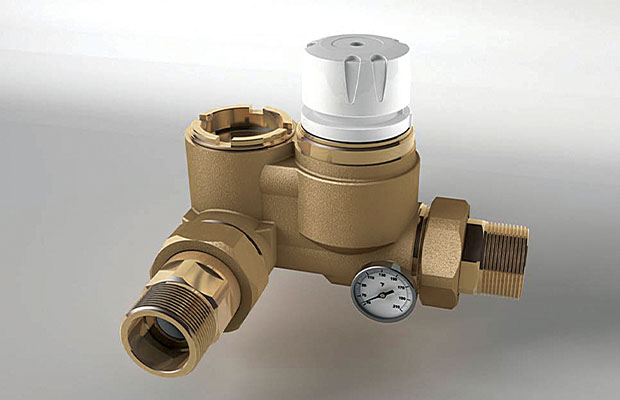
Which Is Suitable For You?
Thermostatic valves are used almost exclusively in luxury showers because they are generally more aesthetically pleasing than pressure balance valves. Both of these types of valves will last a long time as long as you buy a high-quality brand that stands behind their product. Pressure balance valves, however, are much less expensive (sometimes less than half as expensive as a comparable thermostatic). Personally, I favor thermostatic valves because they are more appealing and functional.
Installation Notes
The hot and cold water supply piping, as well as the shower standpipe in the wall, may occasionally need to be modified in order for the pressure-balance shower valve to fit. Pressure-balance shower valves are typically one-handle designs that can fit into the same wall or surround openings as an old standard single-handle faucet. If you’re not confident enough in your plumbing abilities, you might want to consider hiring a plumber.
Although there are many different types of thermostatic shower valves, most of them have a single valve body with separate volume and temperature controls that is protected by a sizable escutcheon plate. In order to accommodate the new, larger valve mechanism, the wall or adjacent opening must typically be modified. However, some models have a more streamlined design where the temperature control is integrated into the volume control handle. Again, sometimes it is necessary to modify the water supply piping. Since installing this type of valve can be costly and the valve itself can easily cost $200 or more, many people opt to hire a professional plumber.
Save the documentation after installing a new pressure-balanced or thermostatic shower valve because it will make it simpler to figure out which replacement cartridge you need when that time comes. Keep the manufacturer’s phone number on hand as it occasionally pays to call in order to receive a free replacement cartridge.
Shower Valves Repairing
Pressure-balance shower valves’ inner cartridges wear out and eventually degrade, just like those in older standard shower valves. When it does, the cartridge might not mix the water evenly, so you might get mostly hot or mostly cold water. You could also receive very little water. You should replace the cartridge if any of these symptoms apply. A pressure-balance shower valve should function flawlessly after receiving a fresh cartridge. Even if that bathroom is never used, you can prolong the life of the shower valve by turning it on frequently. A valve is more likely to malfunction if it is left unused for an extended period of time than if it is regularly used.
The check valves that regulate the flow of water from the hot and cold inlets on thermostatic shower valves also require replacement as the cartridges wear out over time, but they are also prone to issues brought on by debris or dirt in the check valves. The first thing to do is check and clear the check valves, as instructed by the manufacturer if your thermostatic shower valve suddenly stops controlling the water temperature or volume correctly. Replacing the cartridge is the next step if this doesn’t work.

